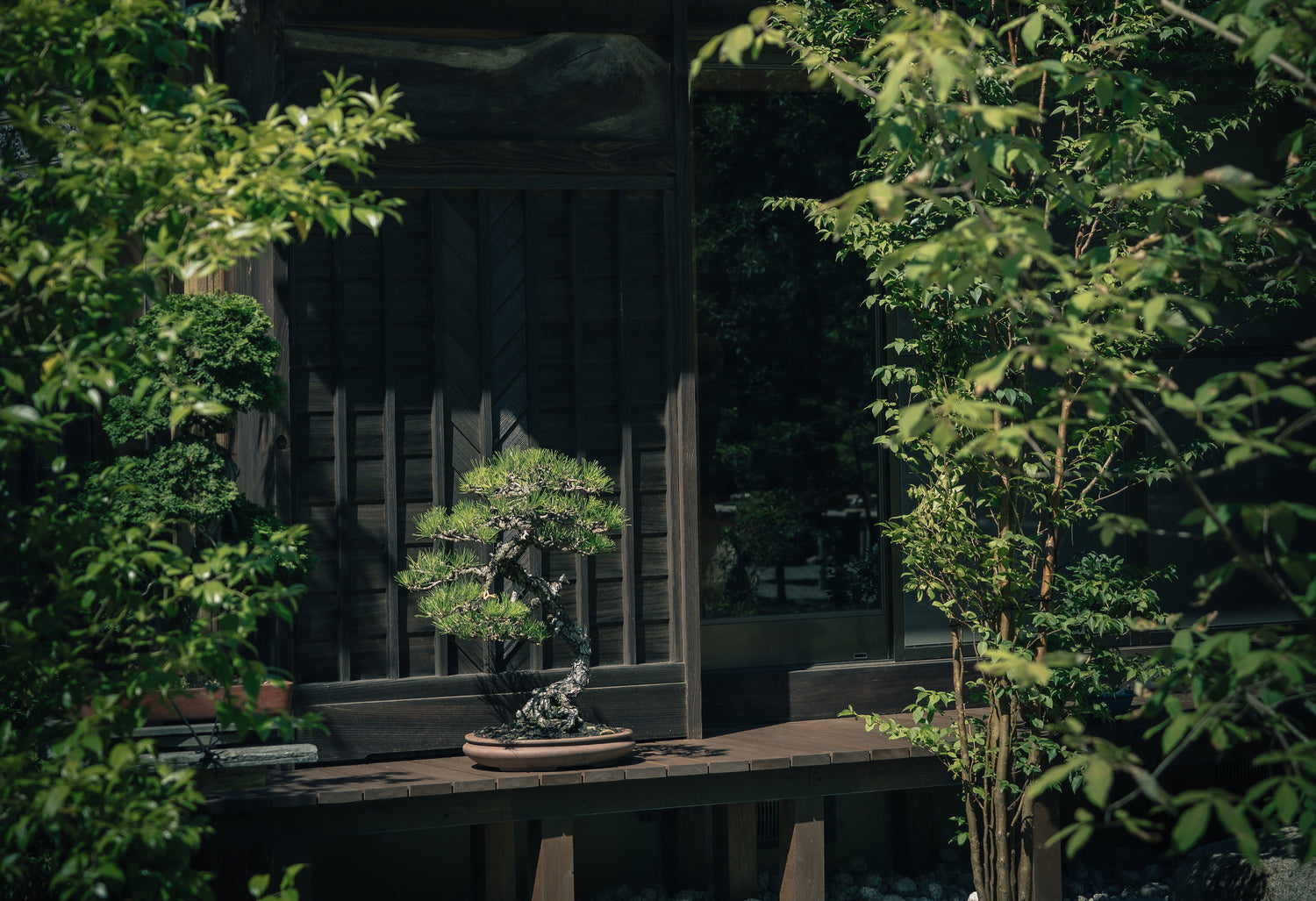As autumn graces the Tree House Bonsai garden with its vibrant hues, the trees undergo significant changes that demand a certain level of care and attention. This transitional period between the growth of summer and the dormancy of winter is not only visually stunning but also crucial for the trees' overall development. In this article, we will explore the key factors that influence the health and aesthetics of deciduous bonsai in autumn. Our special focus will be on the beloved Japanese maple and trident maple, both of which flourish abundantly in our garden.
Understanding Deciduous Bonsai
Deciduous bonsai trees undergo a fascinating transformation throughout the seasons. In autumn, as the days grow shorter and temperatures begin to drop (in japan this is usually at the end of October), these trees shed their leaves in preparation for winter. The dropping of leaves unveils the intricate branching structures, providing a canvas for bonsai enthusiasts to further refine and sculpt their creations.
Come spring, a burst of new growth emerges, signaling the tree's revival. This cycle of renewal allows for a dynamic interplay between the artist's vision and the tree's natural rhythms. However, this unique characteristic of deciduous bonsai also presents its challenges. The delicate balance between maintaining the tree's health and encouraging its aesthetic evolution requires careful attention to factors such as light exposure, temperature, and pruning techniques. Striking this balance is essential for ensuring the vigor and vitality of these miniature trees.

Japanese Maple Bonsai (Acer palmatum)
Japanese maple, known for its intricate branching structure and stunning foliage, is a popular choice among bonsai enthusiasts. In autumn, the leaves of the Japanese maple transform into a mesmerizing array of red, orange, and yellow, making it a prized specimen in any bonsai collection.

Trident Maple Bonsai (Acer buergerianum)
The trident maple, a deciduous tree renowned for its unique trident-shaped leaves, originates from Japan and China, and Tree House Bonsai hosts a large number of them in our garden.

Autumn Care at Tree House Bonsai
1. Light Exposure
In order to get the best of our fall colors we are hoping for bright clear sunny days with crisp cool temperatures. Like the potential problems of sunburn in the summer our autumn colors are connected to sun exposure. Ever notice that the under story or interior leaves are the last to lose their green pigments?
2. Temperature
Japanese maples are hardy, but they are sensitive to extreme cold. Since it is not excessively cold during this season in Japan, as long as they receive direct sunlight during the day, they generally do not require additional protection. However, we need to be mindful of the drop in temperature when planning our fall pruning work. If we prune too early, for us that is September, we risk having the tree push an odd stunted half flush of leaves. If we prune too late Japanese maples will bleed sap from the cuts. Maples syrup is delicious but I don't want to make it from my bonsai. For us, good timing for maple pruning is the end of October and beginning of November.
3. Watering
The tree's water needs decrease as temperatures drop so it's important to pay attention to the lower need for water as compared to summertime.
4. Fertilization
In October, as the growing season concludes and daylight decreases, maple bonsai are in a vascular growth phase. In Japan, where higher temperatures persist, maples responsive to temperature cues may continue growing until early October. To address this, we postpone fertilizer removal until the end of October, ensuring trees receive nutrients throughout the cooler months leading into winter dormancy.
5. Pruning and Styling
Keeping in mind the above comments about maples and temperatures, and recognizing that is not an issue with trident maples, we know that autumn is an opportune time for pruning and wiring to refine our tree's shapes. Here now in the fall we can finally see the actual branch structures and twigging that was grown in the past season. For our developed trees maybe all that is needed is a light refining prune of the outermost twigs. For less refined trees we now have the chance to get in there and set up the branch systems in preparation for the following year's growth.
Navigating the nuanced interplay of these factors during this transitional phase can be a rewarding yet complex task, given the distinctiveness of each tree and its surrounding environment. It's important to bear in mind that every bonsai is a living creation, warranting both patience and keen observation, along with occasional adjustments in its care routine.


